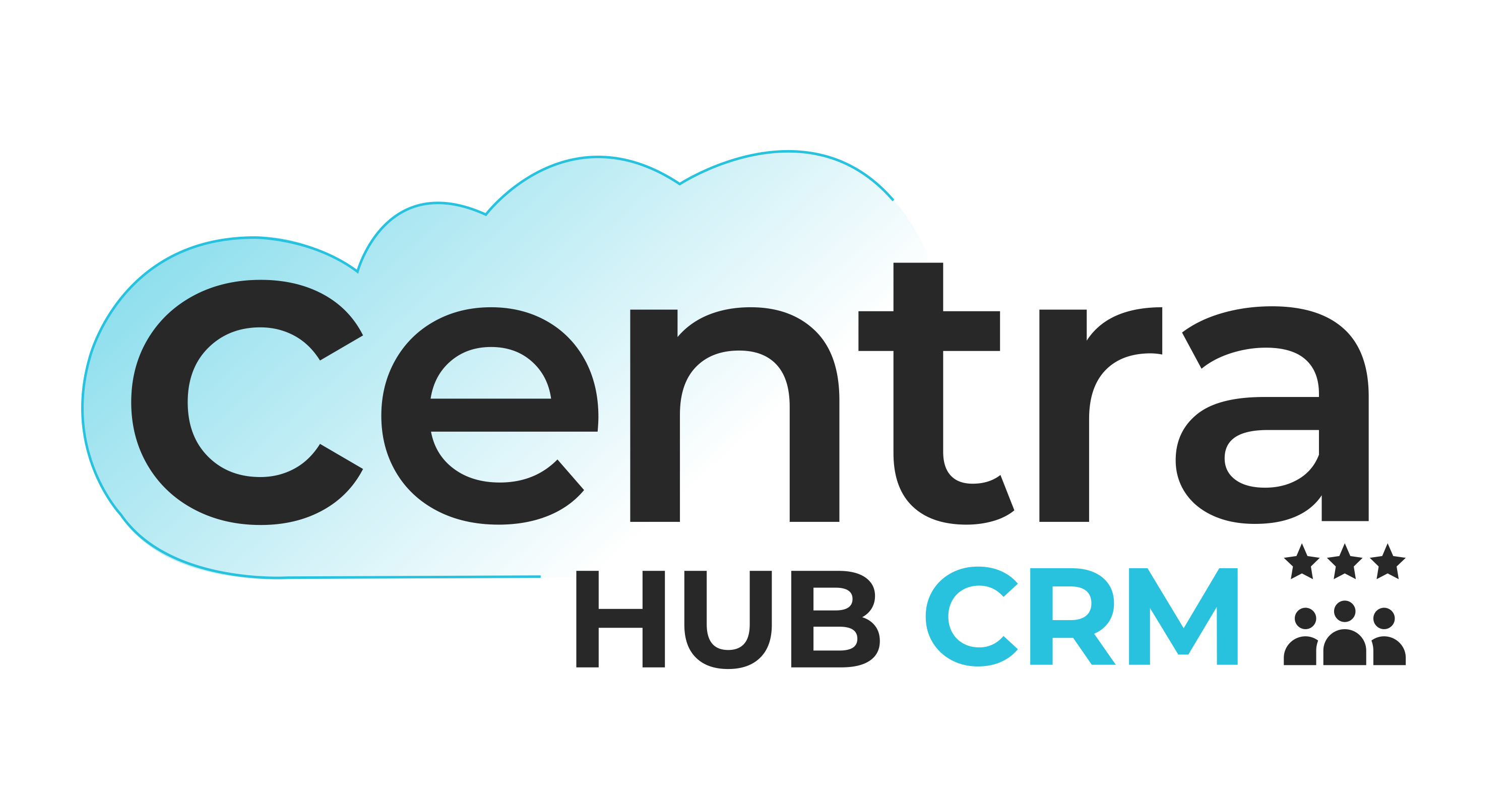Key Factors for Optimizing ERP Performance
Capacity planning
Effective capacity planning is the cornerstone of optimization ERP performance metrics. Capacity planning involves assessing the current and projected workloads that an ERP system will encounter. It ensures that the system can handle the expected loads, avoiding performance bottlenecks and disruptions.
ERP capacity planning is not a one-time event; it's an ongoing process. As your business grows and evolves, the demands on your ERP system will change. By regularly reviewing and adjusting capacity, you can ensure that your ERP system remains responsive and reliable.
System configuration and tuning
Proper system configuration and tuning are essential for achieving optimal ERP performance. This includes both hardware and software aspects:
Hardware optimization
Ensuring that the hardware infrastructure, such as servers, storage, and network components, is appropriately sized and configured for the ERP system's needs. This might involve adding more memory, increasing processing power, or optimizing the storage of ERP solutions.
Software configuration
Customizing the ERP software to align with your organization's requirements and workflow. This can involve tailoring the system to match your business processes, setting appropriate user access controls, and configuring reporting and analytics features.
Effective system tuning can significantly improve speed, reliability, and data accuracy, resulting in a smoother user experience and more accurate insights for decision-making.
Regular updates and maintenance
Maintaining your ERP system is critical for both performance and security. Regular updates and maintenance tasks are essential to ensure the system's stability and reliability. This includes:
Software updates
Keeping the ERP software up to date by applying patches, updates, and new releases. These updates often include bug fixes, security enhancements, and performance optimizations.

Database maintenance
Maintaining the database that underpins the ERP system. This includes optimizing the database structure, cleaning up redundant data, and ensuring data integrity. Regular maintenance prevents data bloat, which can slow down the system over time.
By staying current with software updates and maintaining the database, you not only enhance performance but also reduce the risk of security vulnerabilities and data loss.
Monitoring and performance metrics
Continuous monitoring and tracking of performance metrics are vital for identifying issues and bottlenecks in your ERP system. These metrics provide insights into how the system is performing and help pinpoint areas that may require attention. Key performance metrics to monitor include:
Response time
The time it takes for the system to respond to user queries and commands. Slow response times can indicate performance issues.
Throughput
The volume of transactions the system can handle within a specified timeframe. Monitoring throughput ensures the system can meet business demands.
Uptime
The percentage of time the ERP system is available and operational. High uptime is essential for continuous business operations.
Data accuracy
The reliability and accuracy of data processed by the ERP system. Accurate data is crucial for decision-making and compliance. Regularly tracking these metrics lets you detect performance deviations and proactively address them, ensuring the ERP system operates smoothly.
Training and user engagement
One often overlooked aspect of ERP performance optimization is end-user training and active engagement. A well-trained workforce can maximize the benefits of the ERP system and ensure efficient utilization.
Investing in training programs and providing resources for users to enhance their ERP skills can lead to improved productivity and more effective use of the system. Additionally, involving end-users in feedback and improvement processes can help identify areas where the ERP system can be further optimized to meet their specific needs.
Conclusion
Successful organizations recognize the importance of adapting and optimizing their ERP systems to stay competitive and agile in a rapidly changing business landscape. By focusing on these key factors, organizations can ensure that their ERP systems operate efficiently, providing real-time data and streamlined processes to support informed decision-making and enhance overall business operations.







